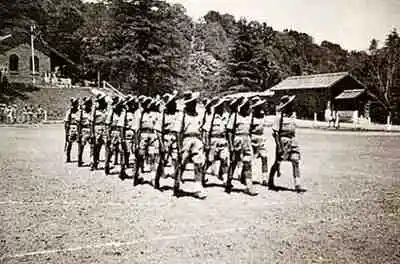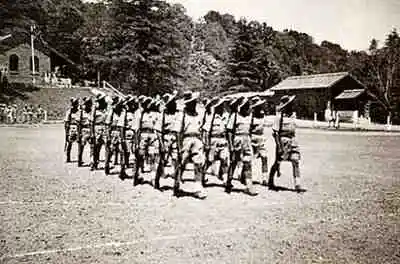India Gate, one of the most iconic landmarks in India, stands tall in the heart of New Delhi. This majestic structure is not just a popular tourist destination but also a symbol of national pride and historical significance. In this blog post, we explore the rich history of India Gate, its architectural brilliance, and its importance in modern India.
What is India Gate?
India Gate is a war memorial built to honor the Indian soldiers who lost their lives during World War I and the Third Anglo-Afghan War. Located along the Rajpath (now Kartavya Path), this monument is often compared to the Arc de Triomphe in Paris due to its grandeur and emotional significance.
Key Facts about India Gate:
Location : New Delhi, India
Architect : Sir Edwin Lutyens
Height : 42 meters (138 feet)
Construction Started: 10 February 1921
Inaugurated : 12 February 1931
Dedicated To : 84,000 Indian soldiers who died in wars
Historical Background of India Gate
The foundation stone of India Gate was laid on February 10, 1921, by the Duke of Connaught, during the British colonial period. The memorial was constructed to pay tribute to the 84,000 Indian soldiers who died in World War I (1914–1918) and the Third Anglo-Afghan War (1919).India Gate was part of a larger plan by the British to redesign the imperial city of Delhi. Sir Edwin Lutyens, one of Britain’s most prominent architects of the time, was entrusted with the design. He envisioned a ceremonial boulevard (Rajpath) and a grand war memorial at its eastern end — thus, the concept of India Gate was born.
Commemoration of Soldiers
The names of over 13,000 soldiers, including many Indian and British officers, are inscribed on the surface of the monument. These engravings serve as a reminder of the immense contribution and sacrifice of Indian troops during the First World War, many of whom fought and died in faraway lands such as France, Belgium, Mesopotamia, Persia, and East Africa.
Architectural Significance of India Gate
India Gate is an example of Indo-European architecture and bears a striking resemblance to other European triumphal arches. Made from red and yellow sandstone and granite, the arch rises majestically, commanding attention and respect.Lutyens designed India Gate without any religious symbolism, choosing instead to emphasize the collective sacrifice of soldiers, regardless of their caste, creed, or religion — a rare and modernist perspective for the time.
Design Features:
The arch stands at 42 meters tall.
The structure is set in the middle of a hexagonal complex that spans about 306,000 square meters.
Beautifully landscaped gardens surround the monument.
Fountains and canals add to the visual serenity of the site.
The Addition of Amar Jawan Jyoti
In 1972, after the Indo-Pakistani War of 1971, a simple structure known as the Amar Jawan Jyoti (Flame of the Immortal Soldier) was added under the arch of India Gate. This eternal flame was lit in memory of the Indian soldiers who died in that war.Amar Jawan Jyoti consists of a black marble plinth, a reversed rifle topped with a soldier’s helmet, and an eternal flame on four corners. It became a site for official military ceremonies and national tribute on occasions like Republic Day and Independence Day.
In 2022, the Amar Jawan Jyoti flame was merged with the flame at the National War Memorial, which now stands a short distance from India Gate, continuing the legacy of honoring the soldiers in a more comprehensive manner.
India Gate in Modern India
India Gate today is more than a war memorial. It is a national symbol — a place for reflection, remembrance, and celebration. Every year on 26th January, the Republic Day Parade begins from India Gate, showcasing India’s military strength and cultural diversity.
Tourist Attraction and Cultural Importance
India Gate is one of the top tourist attractions in Delhi. People from all over the country and the world visit the monument to witness its historical grandeur, take photographs, and enjoy the surrounding gardens. The area comes alive in the evenings with families, street vendors, and artists.
During national holidays, the monument is illuminated beautifully, symbolizing India’s unity and patriotic spirit. Whether it’s a national celebration or a peaceful evening walk, India Gate remains a favorite destination.
Conclusion
India Gate is not just a structure of stone and concrete — it is a solemn reminder of the lives lost for our freedom and security. With its historical roots, architectural elegance, and emotional depth, the history of India Gate continues to inspire generations of Indians.
A visit to India Gate is more than just sightseeing; it is an experience of connecting with India’s past, understanding the sacrifices of its people, and celebrating the spirit of unity and valor.



